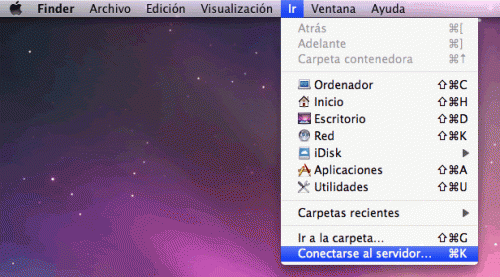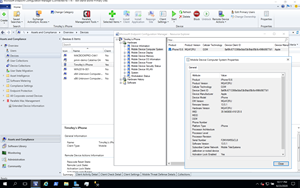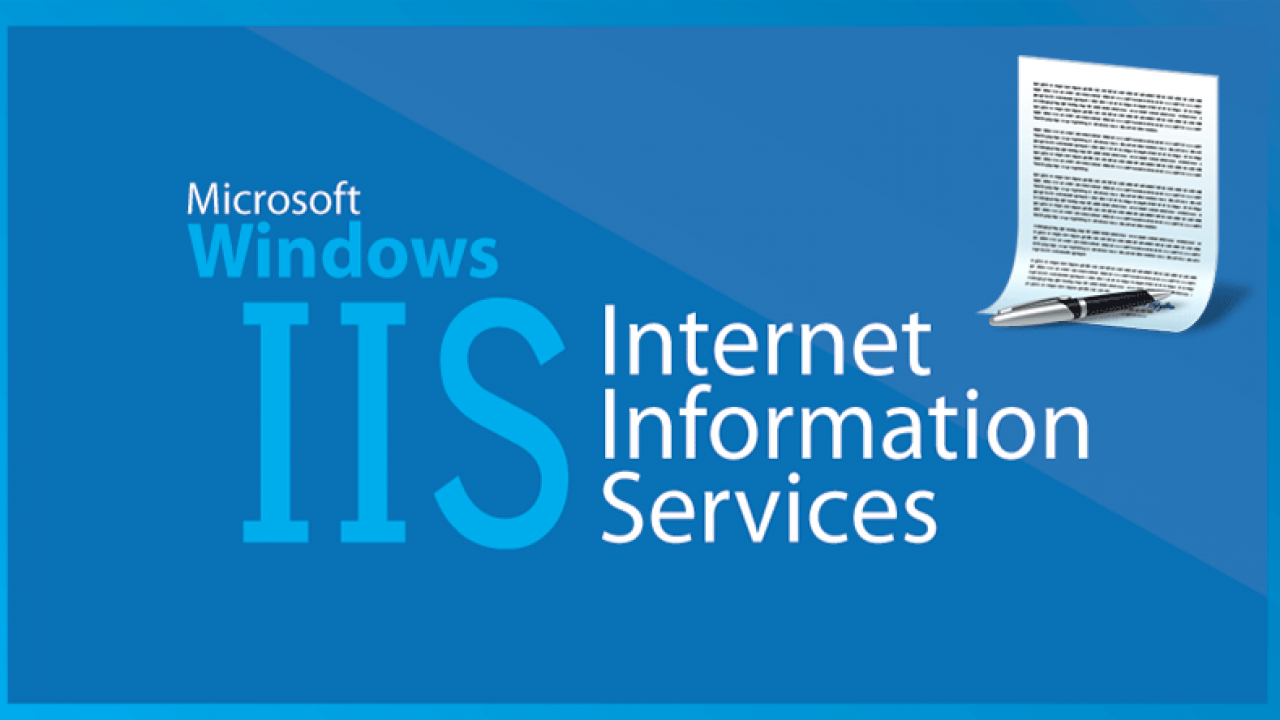
On your Mac, choose Apple menu System Preferences, then click Network. Open Network preferences for me. In the list on the left, select the network service you want to set up to use a WINS server, such as Ethernet or Wi-Fi. Click Advanced, then click WINS. Enter the NetBIOS name you received from your network administrator. IIS doesn't run on Mac, so I guess you should try Apache, and then install module 'modmono'. Or if that gets too hairy, just use the standalone mono web server called XSP. Or run FastCGI, or nginx.
Re: IIS 7.5 WebDAV and Apple OSX Client

Jan 06, 2012 09:11 PM|robmcm|LINK
Mac Os Versions
Thanks - I had not considered that the problem might be related to one version of OS X or another. I had been doing my testing with a Mac mini that was running Max OS X 10.7 (11A511). Based on your feedback, I upgraded to Mac OS X 10.7.2 (11C74), and I am still able to connect to my WebDAV website by using the instructions in the blog post that I referenced earlier in this thread:

Using Apple's WebDavFS for Mac OS X with WebDAV on IIS 7
http://blogs.msdn.com/b/robert_mcmurray/archive/2009/07/01/using-apple-s-webdavfs-for-mac-os-x-with-webdav-on-iis-7.aspx
I am able to open/edit/save files.
That being said, I thought that it might be prudent to list the settings that I am using. With that in mind, the following set of properties includes the settings that I am currently using for testing - and it should be noted that many of these settings are duplicates of default settings. Just the same, specifying what should already be a default setting just means that you're sure that it's being applied. ;-]
Recuva for mac torrent. Note: The default list of databases shown in the menu on the left of the screen is slightly different in XAMPP and MAMP, but this is not important.

- Type php_test in the text box labeled Create New Database and click Create.
Note: When choosing names for databases and database columns (fields), do not use spaces or hyphens; use only alphanumeric and underscore characters (for example, feedback_demo). Although phpMyAdmin accepts spaces and hyphens, they require special handling and are likely to cause problems. It's also a good idea to use lowercase throughout, because the Windows version of MySQL automatically converts names to lowercase and treats them as case-insensitive. Most PHP sites are hosted on Linux servers, which are case-sensitive. If your names include uppercase characters, everything will break when you upload your web application from Windows to a Linux server.
Note: You can ignore the Collation setting, unless you are using a language other than English. Collation determines the sort order of records. The default setting is fine for English.
- When phpMyAdmin reports that the php_test database has been created, click the Import tab at the top of the page.
- In the File To Import section, click Browse alongside the Location Of The Text File text box and select php_test.sql from the assets folder in your PHP test site.
- Click Go at the bottom of the page. This imports sample data into the database.
- Leave phpMyAdmin open, as you will continue using it in the next section.
Creating a MySQL user account

On your Mac, choose Apple menu System Preferences, then click Network. Open Network preferences for me. In the list on the left, select the network service you want to set up to use a WINS server, such as Ethernet or Wi-Fi. Click Advanced, then click WINS. Enter the NetBIOS name you received from your network administrator. IIS doesn't run on Mac, so I guess you should try Apache, and then install module 'modmono'. Or if that gets too hairy, just use the standalone mono web server called XSP. Or run FastCGI, or nginx.
Re: IIS 7.5 WebDAV and Apple OSX Client
Jan 06, 2012 09:11 PM|robmcm|LINK
Mac Os Versions
Thanks - I had not considered that the problem might be related to one version of OS X or another. I had been doing my testing with a Mac mini that was running Max OS X 10.7 (11A511). Based on your feedback, I upgraded to Mac OS X 10.7.2 (11C74), and I am still able to connect to my WebDAV website by using the instructions in the blog post that I referenced earlier in this thread:
Using Apple's WebDavFS for Mac OS X with WebDAV on IIS 7
http://blogs.msdn.com/b/robert_mcmurray/archive/2009/07/01/using-apple-s-webdavfs-for-mac-os-x-with-webdav-on-iis-7.aspx
I am able to open/edit/save files.
That being said, I thought that it might be prudent to list the settings that I am using. With that in mind, the following set of properties includes the settings that I am currently using for testing - and it should be noted that many of these settings are duplicates of default settings. Just the same, specifying what should already be a default setting just means that you're sure that it's being applied. ;-]
Recuva for mac torrent. Note: The default list of databases shown in the menu on the left of the screen is slightly different in XAMPP and MAMP, but this is not important.
- Type php_test in the text box labeled Create New Database and click Create.
Note: When choosing names for databases and database columns (fields), do not use spaces or hyphens; use only alphanumeric and underscore characters (for example, feedback_demo). Although phpMyAdmin accepts spaces and hyphens, they require special handling and are likely to cause problems. It's also a good idea to use lowercase throughout, because the Windows version of MySQL automatically converts names to lowercase and treats them as case-insensitive. Most PHP sites are hosted on Linux servers, which are case-sensitive. If your names include uppercase characters, everything will break when you upload your web application from Windows to a Linux server.
Note: You can ignore the Collation setting, unless you are using a language other than English. Collation determines the sort order of records. The default setting is fine for English.
- When phpMyAdmin reports that the php_test database has been created, click the Import tab at the top of the page.
- In the File To Import section, click Browse alongside the Location Of The Text File text box and select php_test.sql from the assets folder in your PHP test site.
- Click Go at the bottom of the page. This imports sample data into the database.
- Leave phpMyAdmin open, as you will continue using it in the next section.
Creating a MySQL user account
Iis For Mac Os High Sierra
- Click the icon that looks like a little house at the top left of the phpMyAdmin screen to return to the original welcome screen (see Figure 19).
- Click the Privileges tab at the top of the welcome page.
Note: Many of the features in phpMyAdmin are context-sensitive. There is a Privileges tab at the top of every screen, but to create a new user account, you must return to the welcome page and click the Privileges tab there.
- Click Add A New User (located about halfway down the page).
- In the User Name text box, type phptestuser.
- Select Local as the Host. This enters localhost in the text box alongside, restricting the user to your local test environment.
- Type a password in the Password field, and retype it in the field immediately below.
- Leave the rest of the page unchanged, and click Go at the bottom of the page.
The next screen confirms that the new user has been added. The Global privileges section gives the user account the same privileges on all databases. For the purposes of this tutorial, you're going to limit the user to the php_test database.
Primatte for mac. CSKsite.com respects the rights of others and is committed to helping third parties protect their rights. All licenses, posted here, they are just for personal, testing and education purpose, using it in commercial is not encourage.
- Scroll down to the Database-specific Privileges section and select the php_test database (see Figure 20).
